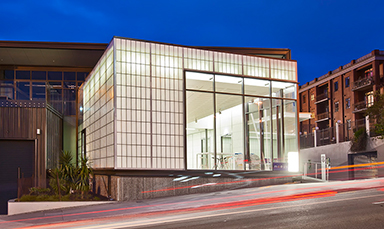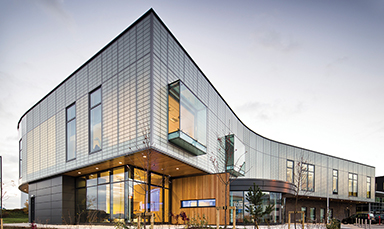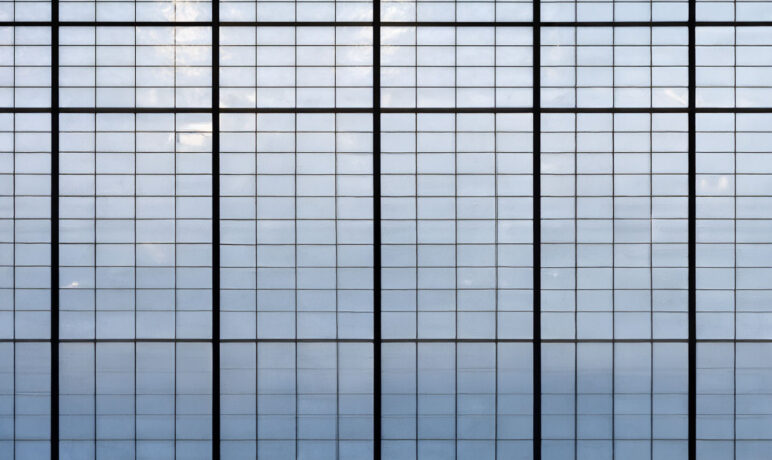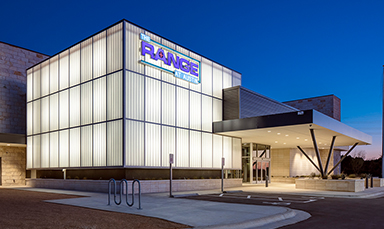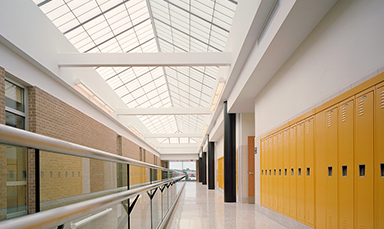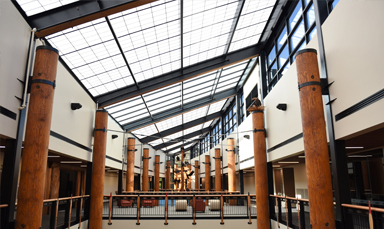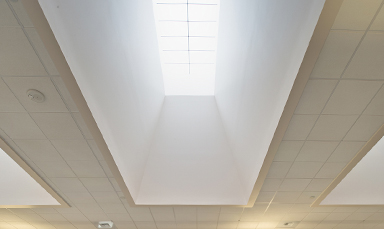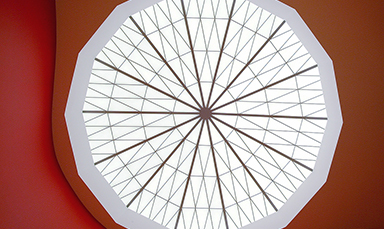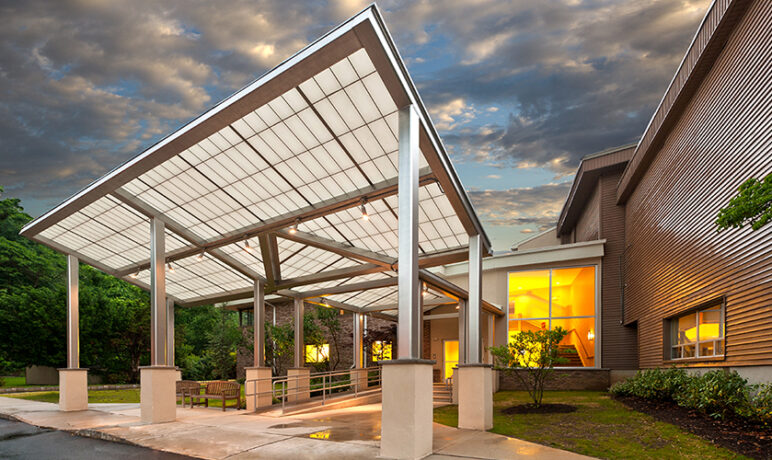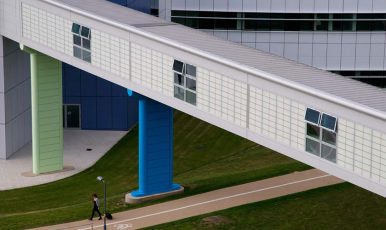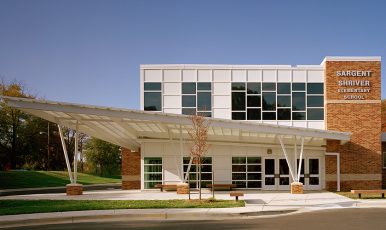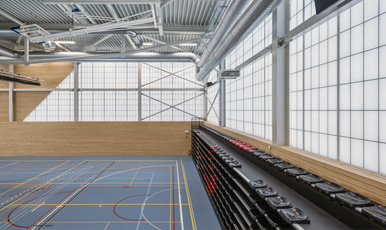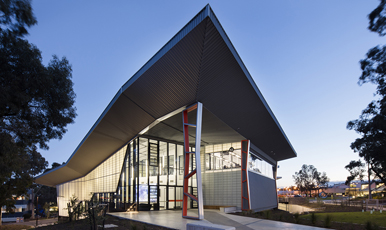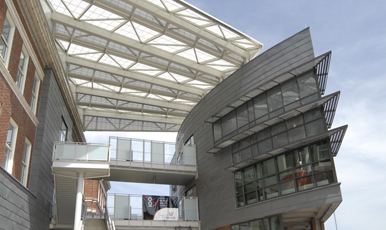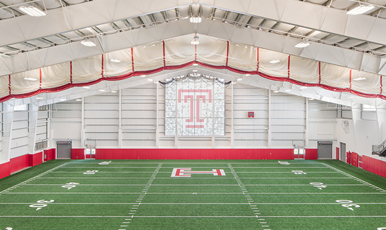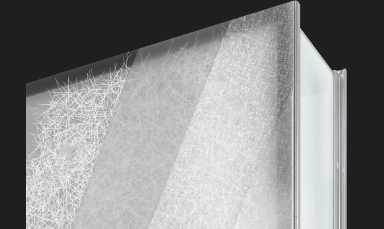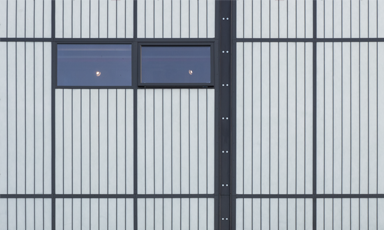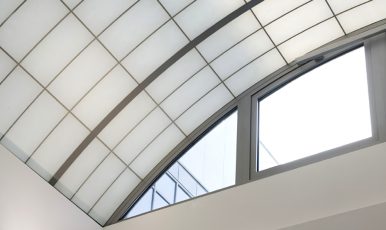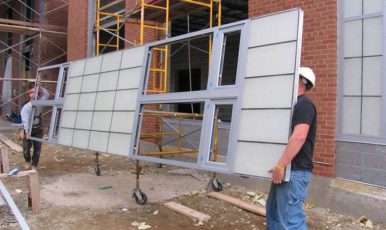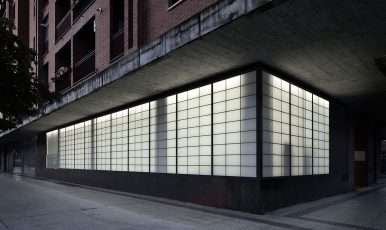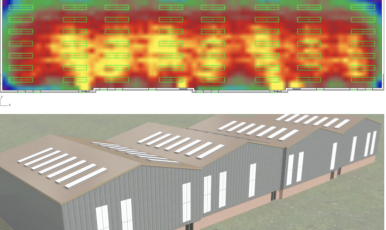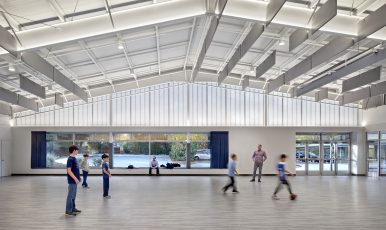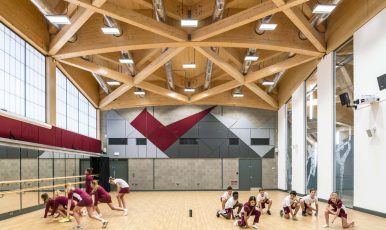Sustainable Architecture: How to Help Prevent Bird Strikes
The statistics sound like something from an Alfred Hitchcock movie. Every year in the United States, more than one billion birds die flying into buildings. Yes, one billion. In fact, one of every ten adult breeding birds succumb in this manner, and because 100 eggs are usually needed to produce one adult breeding bird, that’s like losing 100 birds each time one adult breeding strikes a building.
“Every migratory bird that flies into a building is taken out of the ecosystem,” says James Karl Fischer, Ph.D. and executive director of the Zoological Lighting Institute. “Therefore, it’s important to think about the architecture of buildings and wildlife. This is all part of the bigger picture of sustainability.”
When bird strikes occur, it is usually due to birds flying into glass that they don’t detect. Although most people believe these incidents happen more frequently with larger commercial buildings in major cities, Fischer says bird strikes are also common in suburbs.
“The larger problem is in the suburbs because you have a greater amount of glass that is low to the ground,” he says. “But most of the time, the strike will go unnoticed.”
There are three known reasons why birds fly into glass.
- They see something through the glass that is inviting, such as a tree in an atrium.
- They see through the glass to the sky.
- The sky, trees and surrounding environment are reflected off the glass, which acts like a mirror.
Kalwall’s translucent structural sandwich panels, which appear to birds as a solid wall, are bird-strike friendly. The translucent panels provide a barrier to that visual entrance and do not have much of a reflection. “The birds can’t see through translucent panels, and the reflection is not confusing to them,” Fischer says.
The translucent panels also diffuse the intensity of light that can be seen from outside the building. “People tend to leave lights on all the time, especially in office buildings, and birds are attracted to light at night,” Fischer says.
There are a number of ways in which consumers can take measures to avoid bird strikes. Here are a few ideas that will help.
- When designing a building or during a remodel, use translucent panels instead of glass. Glass is an invitation for birds, while translucent panels deliver a surface that does not entice them. The panels also dynamically illuminate the interior space. “Translucent panels actually improve the architecture,” Fischer says.
- If you must use glass, mark the surface in some fashion, perhaps with quarter-inch dots that are spaced inches apart. You can also mark the outside of the window with soap or tempera paint, or place decals, stickers, sun catchers, mylar strips, masking tape or other objects on the outside surface of the window.
- Install a screen, metal mesh, netting or a complex façade in front of the glass. Mosquito screens are effective, but they should be on the outside of the window and cover the entire surface. Netting should be taut so that birds bounce off before they hit the glass. A small mesh netting works best because birds won’t become entangled.
- Use an ultraviolet solution or one-way transparent film, which makes the window appear opaque on the outside.
- Install what are known as “Zen curtains,” closely spaced ropes that hang down over windows.
- Install shutters, sun shades or awnings on windows to block the reflection of sunlight.
In the end, it’s all about creating a distraction and lessening confusion for the birds. “Anything that pulls the glass away from that first surface will prevent bird strikes,” Fischer says.

